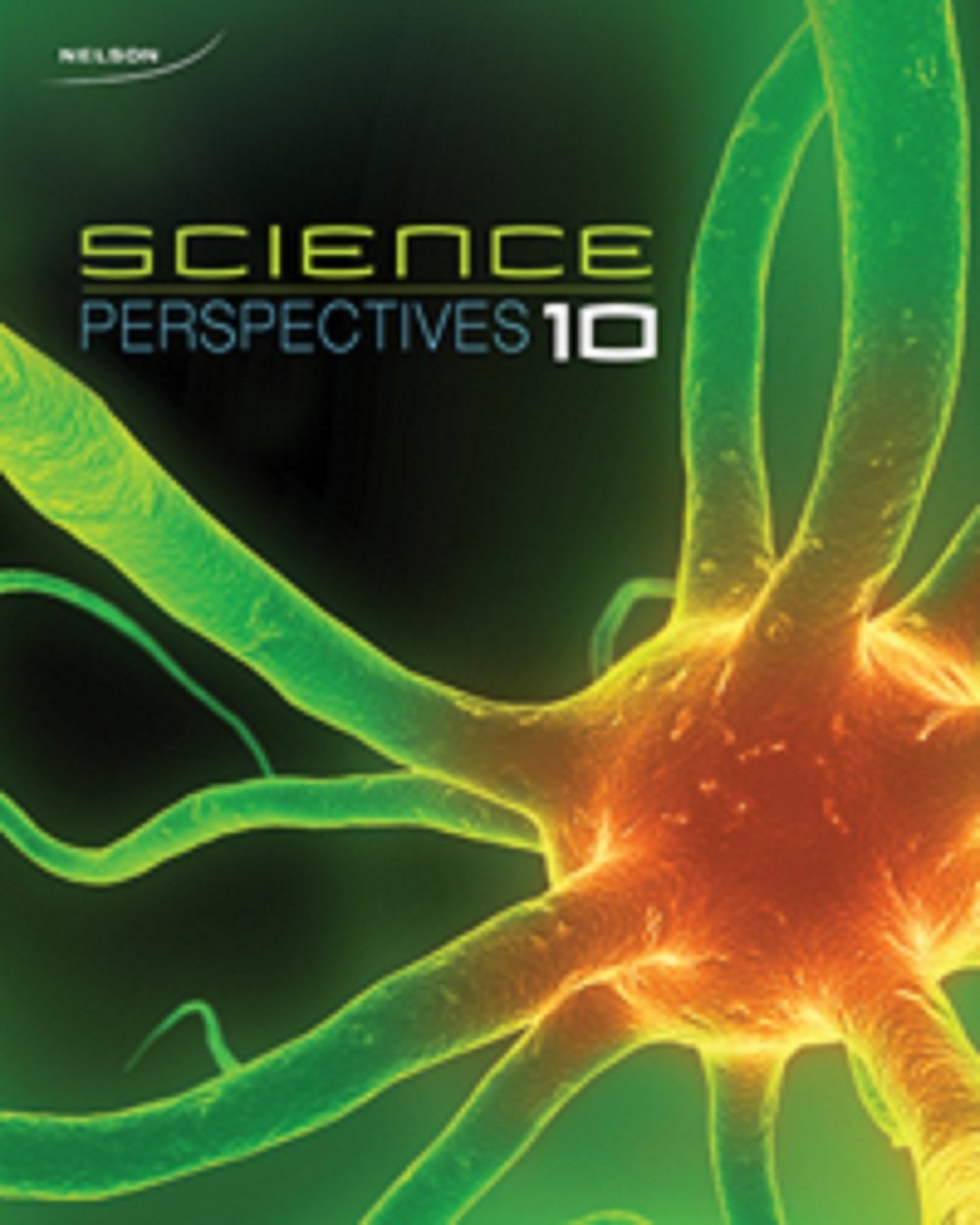
All Solutions
Page 232: Check Your Understanding
The law of conservation of masses states that the mass of the reactants is equal to the mass of the products formed in any chemical reaction.
Consider the following equation:
$$
mathrm{C_3H_{8(g)} + 5O_{2(g)} longrightarrow 3CO_{2(g)} + 4H_2O_{(g)}}
$$
In this equation, note that there are 3 atoms of carbon, 8 atoms of hydrogen and 10 atoms of oxygen on both sides of the equation. This implies that the law of conservation of masses holds true.
Law of conservation of masses is accurately represented by a balanced chemical equation and not a skeleton equation. A balanced chemical equation accurately shows the validity of the law of conservation of masses as shown in part b of this question.
The total mass of the reactants is $20+45=65$ grams. According to the law of conservation of masses, this should be equal to the mass of products. If one product weighed 55 grams, then the mass of the gas should be equal to $65-55=10$ grams.
The assumption taken here is that the law of conservation of masses holds true and therefore the total mass of products and reactants is equal. In reality this is not always that case and the mass of products is always less than the mass of reactants because of some losses that are inevitable to occur. For example in the case given here, some carbon dioxide gas produced might have escaped the apparatus.

